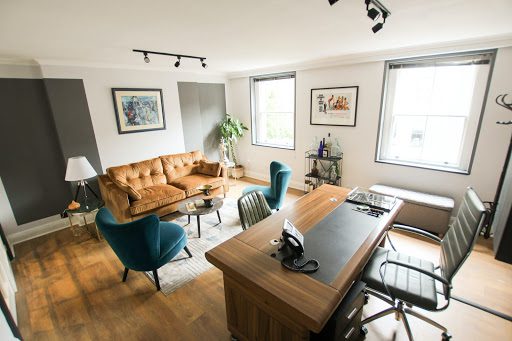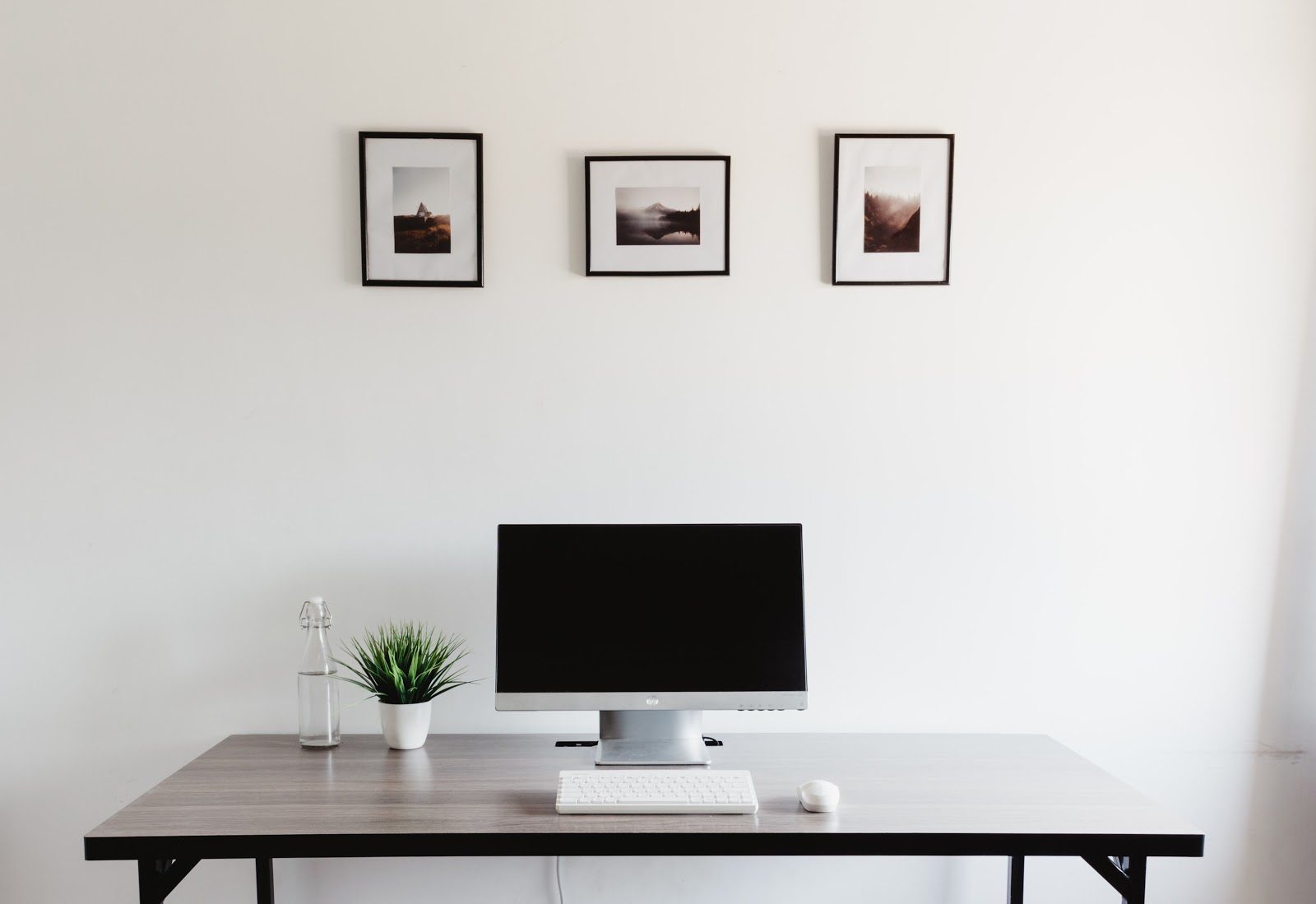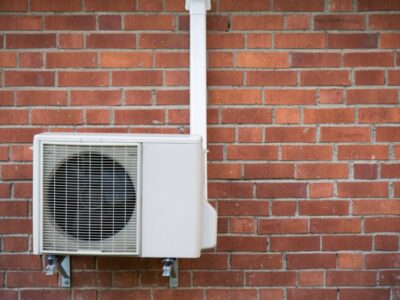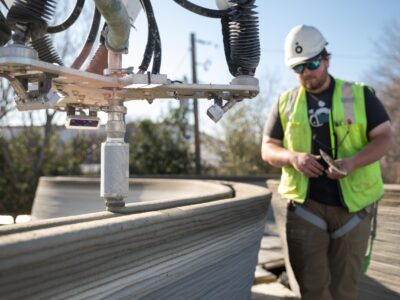Desks have an innate ability to attract stuff. They become overrun with items whose useful days have since passed and haven’t yet found another place to live. Much like the infamous “bedroom chair” whose magnetic forces attract all clothes that are not clean but also not ready to be laundered, the desk pulls into orbit those personal and work things (in the truest sense) that don’t belong there but don’t belong anywhere else either. Until now.

The issue is, clutter, mess, and disarray reportedly inhibit productivity and increase cortisol levels — the stress hormone in our brains.
Certainly, it is understandable how during stressful times items can pile up (mask, phone, wallet, chapstick, headphones, keys, grocery list, etc). During normal times, it likely would be less pressing to clear clutter. Most people do not typically work from home every day, so perhaps the desk or work table would receive little use. Now, however, desks are where many Americans find themselves planted each day from 9 am to 6 pm. As such, it is increasingly important to have a clean, organized workspace. Having one has been proven to not only promote productivity and abate additional emotional disarray, but the process of decluttering can actually reduce stress by releasing endorphins and providing a clear structure where there previously was little (particularly helpful following an emotionally strenuous holiday season).
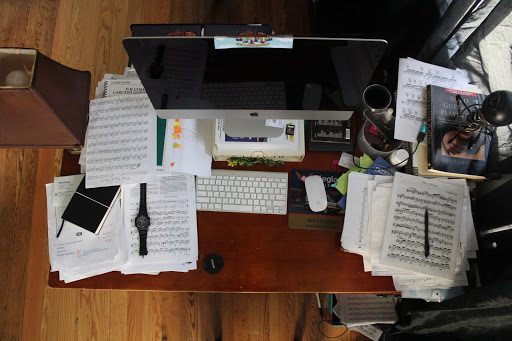
“Our brains like order,” says Libby Sanders, an assistant professor of organizational behavior at Bond University Business School, who later added, “constant visual reminders of disorganization drain our cognitive resources and reduce our ability to focus.” Individuals with cluttered workspaces may also experience increased levels of strain on their relationships as well as heightened irritability and decreased agreeability. Clutter has also been shown by scholars to create a harmful cycle of unproductive behaviors in addition to simply being distracting, like unhealthy eating and coping practices. Thus, clearing your home or workspace of clutter can have deeply rooted benefits as well as be calming and provide a sense of accomplishment in the immediate moment.
So then, how is it done? Well, to start, experts say this is a practice that should be done frequently to prevent the buildup of unneeded items. Prevention is, after all, the best medicine. While most people would begin to declutter by taking items away from the desk, it’s best to start from a blank slate. First, remove all of the items from your desk or workspace area. Clean the surfaces with a damp cloth to ensure dust buildup is gone, particularly in spaces the eye struggles to see — items like a computer monitor or books on the desk.
Next, dust your lamps, books, and trays away from the desk or table to avoid replacing the dust once you add them back into the mix.
Once that’s done, put the belongings back on the desk that are essential. For example, a computer, notepad, or a lamp. If replacing electronics, do your best to keep the cords and plugs out of sight or tied together with a zip tie, as loose wires are a surefire way to look disheveled and can also pose a risk for children, pets, or even ourselves if we’re having a clumsy day. Lastly, add back to your desk decorative items that make you happy (dare we say: spark joy?) or help garner the proper aesthetic. Avoid putting back trinkets or smaller memorabilia in excess.
If you do feel like there are some loose items that have no better place to be in your house or apartment than the desk, consider using storage baskets or containers for those miscellaneous pieces.
If you’re worried about throwing items out or being wasteful, try looking into donation sites near you such as shelters or thrift shops. Happy cleaning!
